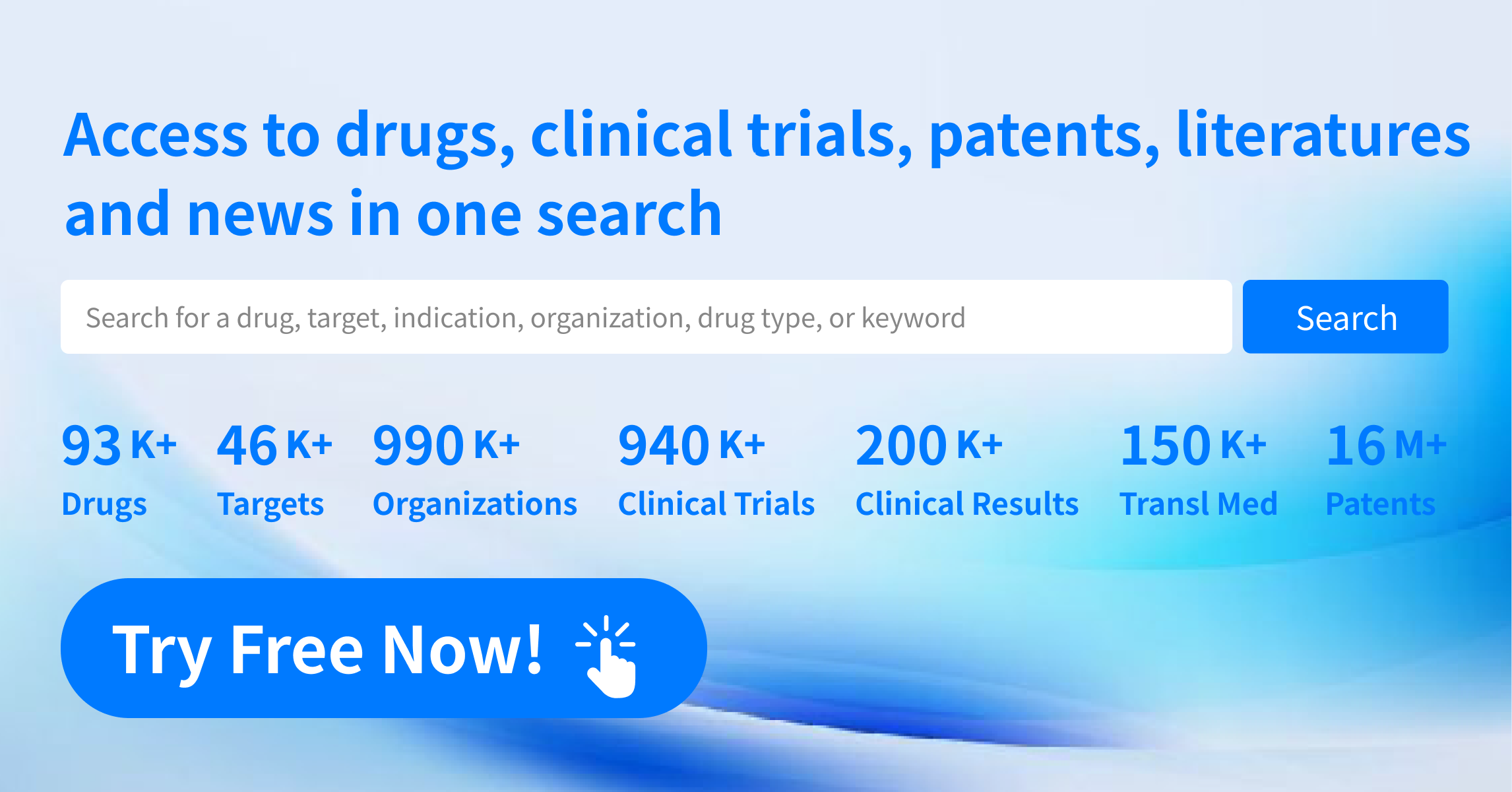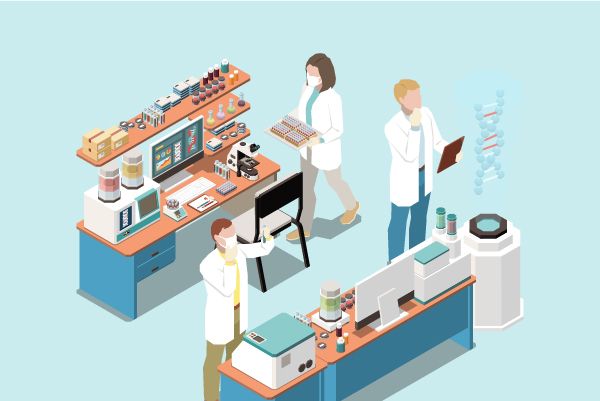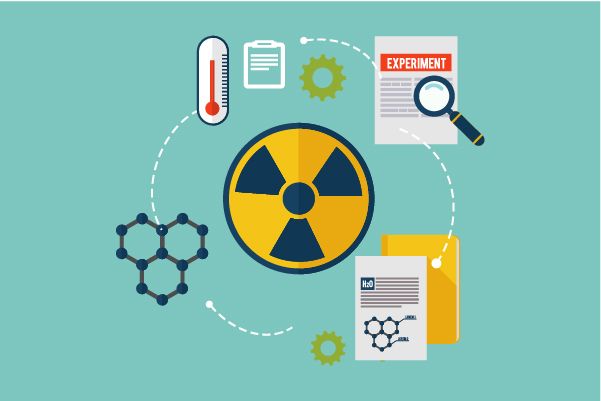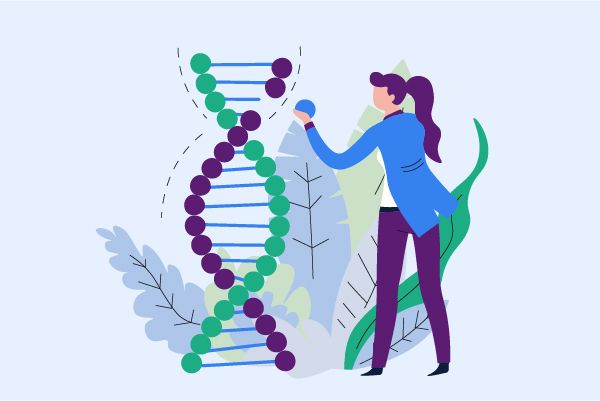What is the difference between passive and active drug delivery?
Passive and active drug delivery are two distinct approaches used to improve the targeted delivery of drugs within the body. Here are the key differences between passive and active drug delivery:
1.Mechanism of Targeting:
Passive Drug Delivery:
Mechanism: Exploits the natural physiological processes of the body for drug delivery.
Example: Enhanced Permeability and Retention (EPR) effect, where leaky vasculature in tumor tissues allows the selective accumulation of drug carriers.
Active Drug Delivery:
Mechanism: Involves external intervention or the use of specific targeting agents (ligands, antibodies, peptides) to actively guide drug carriers to the target site.
Example: Ligand-receptor interactions between targeting ligands on the drug carrier's surface and receptors on the target cells.
2.Targeting Specificity:
Passive Drug Delivery:
Specificity: Generally less specific, as it relies on the inherent properties of drug carriers and the microenvironment of the target tissue.
Active Drug Delivery:
Specificity: Offers higher specificity, as it involves the use of targeting ligands that interact with specific receptors on the target cells.
3.External Intervention:
Passive Drug Delivery:
External Intervention: Does not require external intervention; targeting is achieved through the properties of the drug carrier.
Active Drug Delivery:
External Intervention: Requires external intervention, either through the addition of targeting ligands or the application of external stimuli to trigger drug release.
4.Drug Release Control:
Passive Drug Delivery:
Control: Less control over drug release, as it depends on passive processes like diffusion or EPR.
Active Drug Delivery:
Control: Offers more control over drug release, especially in response to external stimuli (e.g., pH, temperature, light) or specific interactions with target cells.
5.Examples:
Passive Drug Delivery:
Examples: Liposomes, micelles, and nanoparticles designed to take advantage of EPR effect.
Active Drug Delivery:
Examples: Antibody-drug conjugates, targeted nanoparticles with surface ligands, stimuli-responsive drug carriers.
In summary, passive drug delivery relies on the natural properties of drug carriers and the microenvironment, while active drug delivery involves external interventions to enhance specificity and control drug release at the target site. Both approaches have their advantages and are often employed based on the specific requirements of the therapeutic application.




